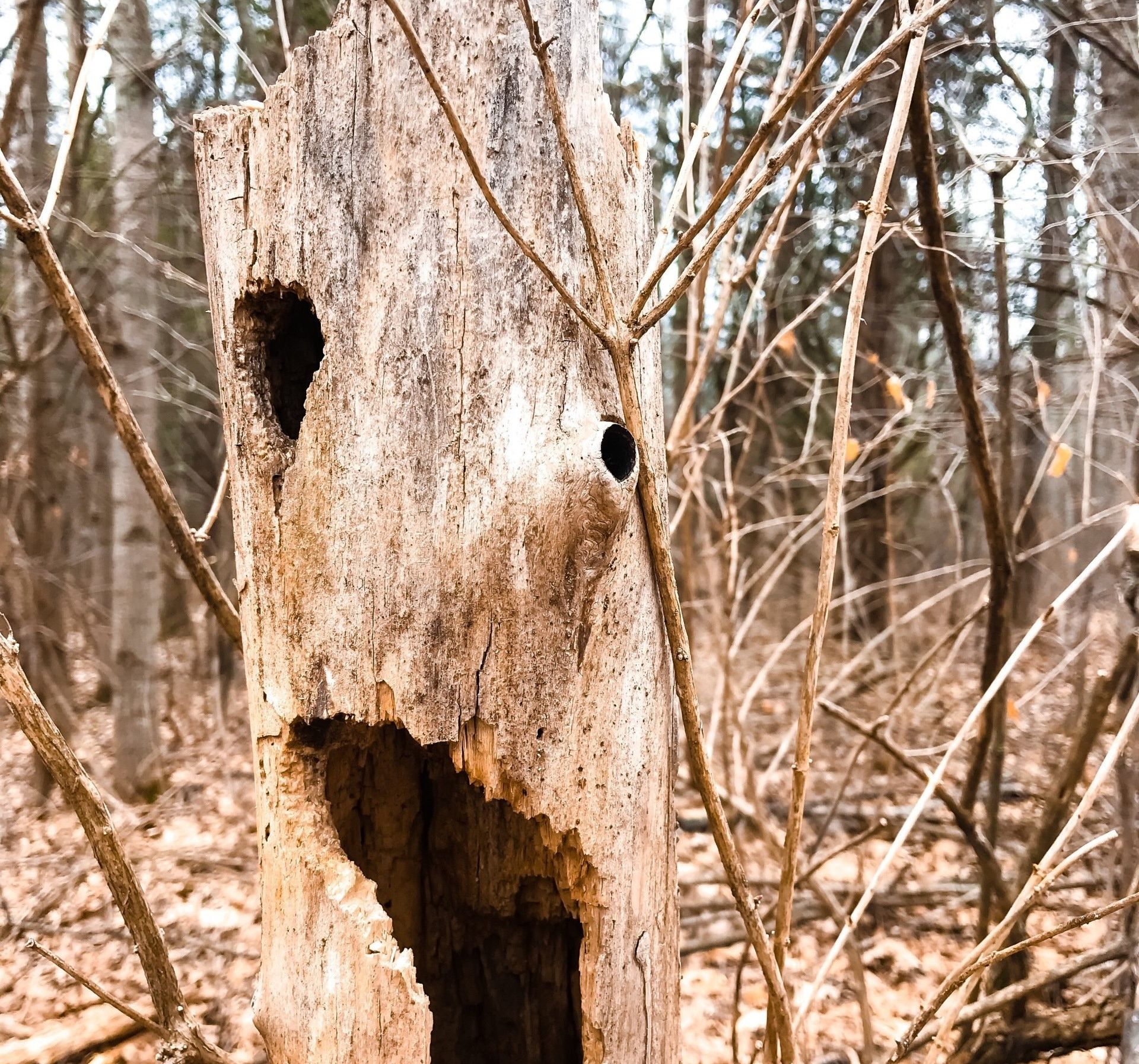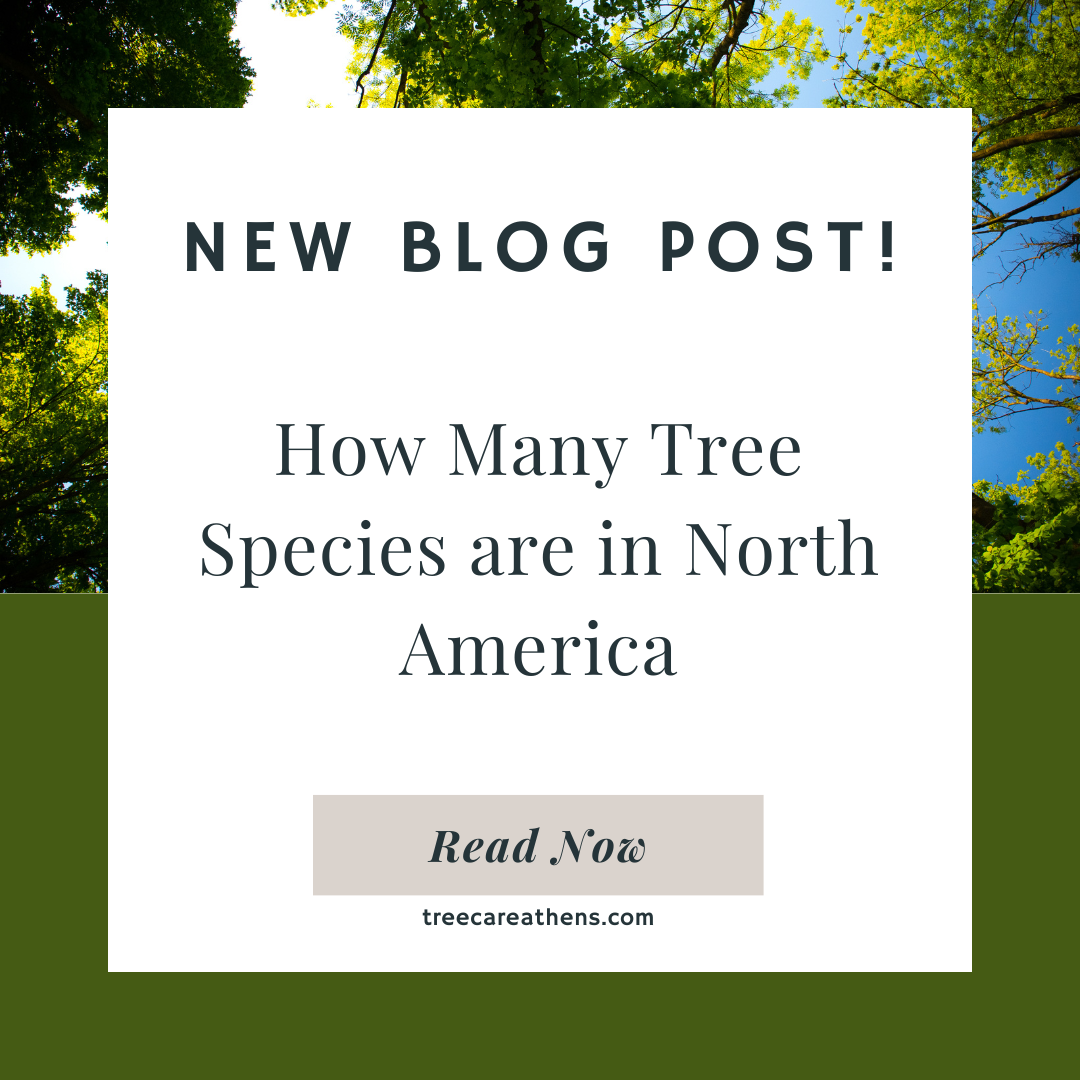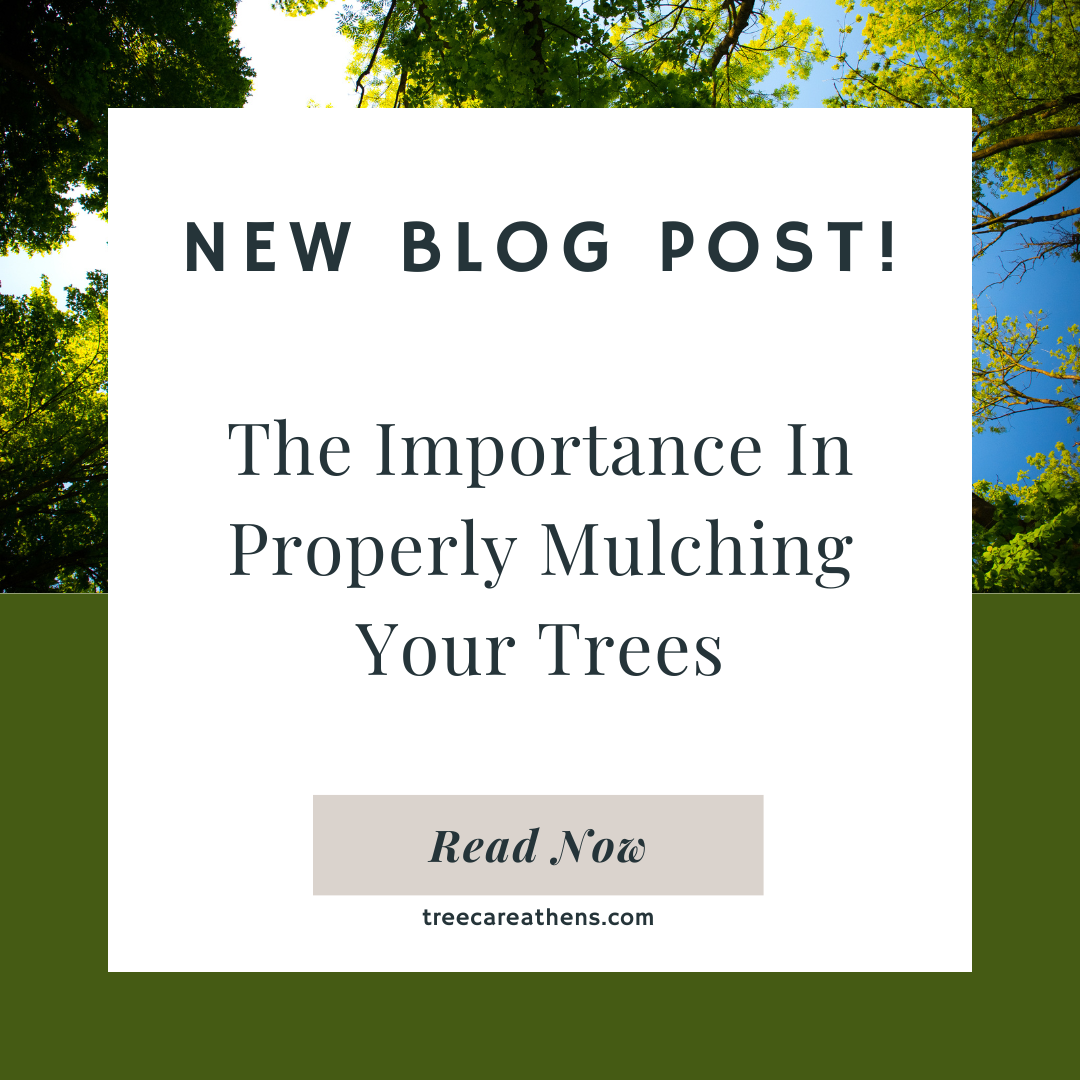Common Tree Diseases in Northern GA
Unveiling the Most Common Tree Diseases in Northern Georgia:
A Guide for Homeowners and Arborists

Northern Georgia boasts diverse trees that add natural beauty and charm to its landscape. However, like any region, it is not immune to the threat of tree diseases. These illnesses can weaken and even kill trees if left untreated. As a responsible homeowner or arborist, it's crucial to be aware of this area's most prevalent tree diseases to spot early signs, take preventive measures, and seek appropriate treatments. In this blog post, we will explore some of the most common tree diseases found in Northern Georgia and discuss essential steps to safeguard the health of your beloved trees.
Dogwood Anthracnose (Discula destructiva):
Dogwood trees, known for their stunning spring blossoms, are susceptible to dogwood anthracnose, a fungal disease caused by Discula destructiva. This disease appears as small, purple-bordered leaf spots that gradually expand, causing defoliation and twig dieback. To combat this disease, ensure proper sanitation, timely pruning of infected branches, and application of fungicides during the growing season.
Oak Wilt (Bretziella fagacearum):
Oak trees, a symbol of strength and longevity, face a significant threat from oak wilt disease. This fungal pathogen disrupts the water-conducting vessels, leading to wilting and browning of leaves, starting from the tips and edges. Infected oaks often die rapidly. Preventive measures include avoiding pruning during active transmission periods, employing deep-root fertilization, and creating buffer zones between healthy and infected oaks.
Canker Diseases:
Various canker diseases affect several tree species in Northern Georgia. Canker-causing fungi enter trees through wounds or natural openings, forming sunken, discolored lesions on trunks and branches. Affected trees may experience dieback, reduced growth, and overall decline. To prevent canker diseases, practice proper tree maintenance, avoid wounding trees unnecessarily, and apply fungicides when appropriate.
Cedar Rusts (Gymnosporangium spp.):
Cedar rusts primarily impact juniper and cedar trees, with the disease often transmitted from infected ornamental plants like hawthorns and apples. Rust-colored spots on leaves and stems and the formation of distinctive spore-bearing structures are telltale signs of this disease. Remove alternate host plants and employ fungicides as preventive measures.
Diplodia Tip Blight (Sphaeropsis sapinea):
Diplodia tip blight targets various pine species and manifests as browning and dieback of new shoots and needles. Infected cones may produce black, sap-like structures. To combat this disease, prune affected branches appropriately, enhance tree vigor through proper watering and fertilization, and apply fungicides during periods of active growth.
Conclusion:
As guardians of our natural environment, homeowners and arborists in Northern Georgia must be vigilant about tree diseases. Understanding the signs and symptoms of common tree diseases, such as dogwood anthracnose, oak wilt, canker diseases, cedar rusts, and Diplodia tip blight, empowers us to protect our valuable trees proactively. Regular inspections, timely pruning, appropriate fungicide applications, and proper tree care practices can go a long way in preserving the health and splendor of Northern Georgia's beloved trees for generations to come.
You might also like
Athens Tree Care Blog

Book a Service Today
We will get back to you as soon as possible
Please try again later
We're available
- Mon - Sun
- Open 24 Hours
This website is for lead generation purposes only


